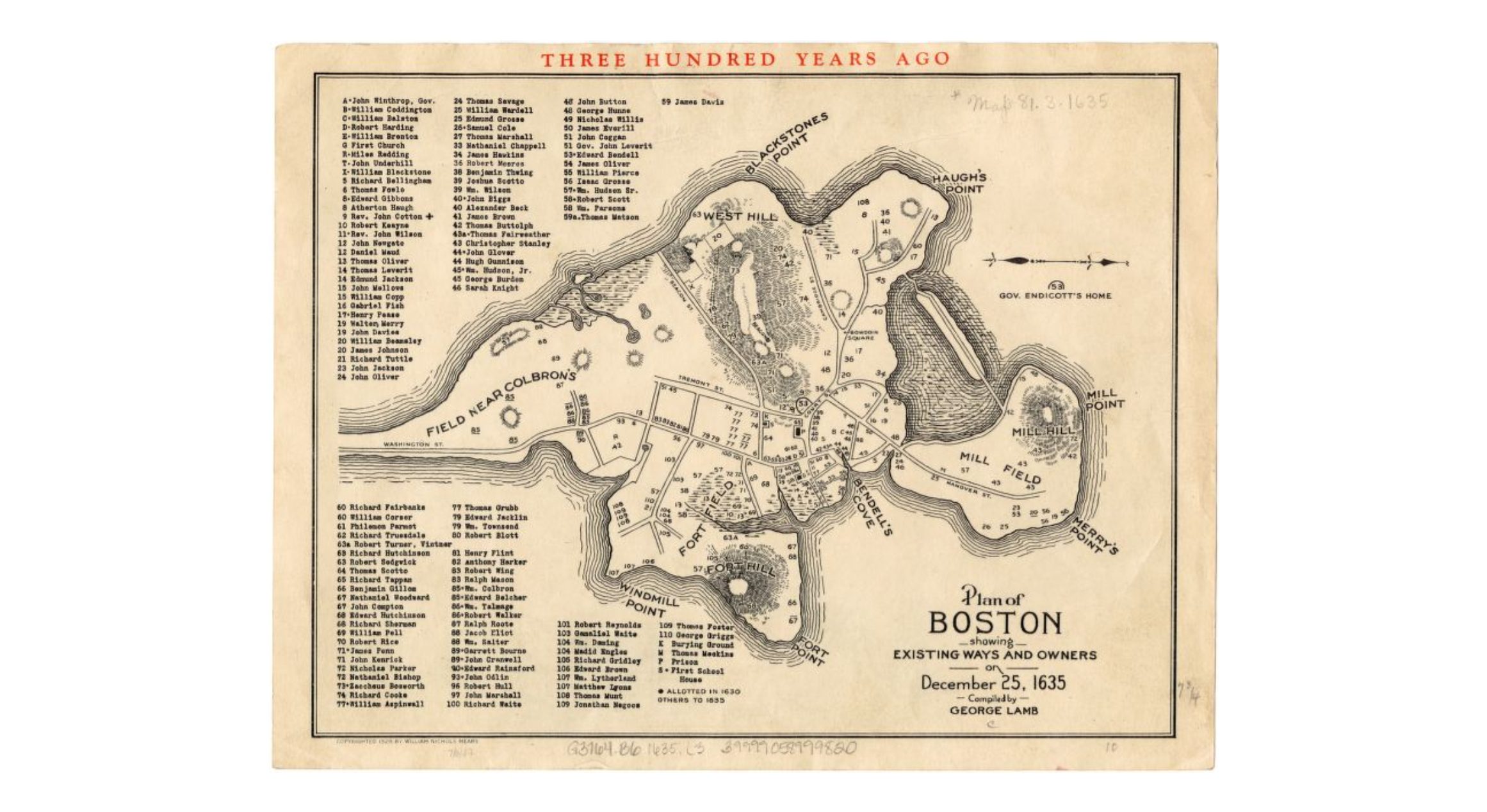When looking forward, it’s always good to take a glance in the rearview mirror and check out where you came from. Without my ancestors paving the way, I wouldn’t have the life I live today.
Week 52: Future
The earliest known ancestor in my tree to have immigrated to the Americas was Edward Bosworth. His adventurous spirit led to my future here in the United States, and I have to assume his mindset at the time of his passage circled around setting up the best possible future for himself, his wife, and his kids.
Unfortunately, his travels did not go quite as planned, and he paid the ultimate sacrifice. He sailed from England and arrived in Boston on a ship named Elizabeth & Dorcas in 1634. His death was recorded there in Boston Harbor. It is assumed his death was due to natural causes and that he died onboard the ship as it approached land because of a diary entry written by Samuel Sewall:
Edward Bosworth, the Father, being ready to dye ask’d to be carried upon Deck, that he might see Canaan. When he had seen the Land he resigned his Soul and dyed: was carried ashoar and buried at Boston.

George Lamb, “Plan of BOSTON showing EXISTING WAYS AND OWNERS on December 25, 1635 Compiled by GEORGE LAMB,” map, 25 December 1635; Boston Public Library, Norman B. Leventhal Map Center.
According to his FindAGrave memorial, Edward was buried in the Central Burying Ground in Boston, Suffolk County, Massachusetts. A journal owned by Governor Winthrop also chronicled the status of the Elizabeth & Dorcas sailing in 1634, making mention that a total of six passengers had died at sea (Edward would have been included in that lot).
The ship, along with nine others, was held back in the River Thames on 22 February 1634 for several days. All of the men of majority age took an oath of loyalty, a bond was posted, and the ships were released on 28 February. The majority of the ships took approximately 72-77 days to reach America, but the Elizabeth & Dorcas endured a much longer and rougher voyage across the Atlantic, not reaching land for more than 100 days due to the vessel being damaged when it hit a rock in the Scilly Islands. The lengthy trip likely led to starvation for its passengers.
Edward’s passing at that time is confirmed by a court order on August 5th of that year ruling that money be laid out for Widow Bosworth and her family by the treasurer. The following year, on 7 July 1635, Edward’s son Jonathan Bosworth (a tailor who had already come to Massachusetts Bay ahead of the family in 1632 or ‘33 and had settled on a cow yard in Cambridge) was ordered to repay Mr. Henry Seawall/Sewall 5 pounds by September 29th for the money he had put up for the Bosworths’ transportation. Jonathan is my direct line ancestor.
Mr. Seawall was also set to receive 5 pounds from William Buckland (the husband to Edward’s daughter Mary), 100 shillings from Nathaniel Bosworth (another son of Edward), and 3 pounds and 40 shillings from Benjamin Bosworth (another son) over the course of the following year, all for their family’s trip. The payments to Mr. Seawall, in combination with the ship they travelled on, seem to indicate Edward Bosworth may have been from Coventry, Warwickshire, England or some place in its vicinity. A few years later, in 1640, his sons, Nathaniel and Benjamin, also did business with a shoemaker, Joseph Bosworth, back in Coventry, making the city even more likely as their hometown.
While the majority of the above information was extracted from Robert Charles Anderson’s The Great Migration Begins, in 1926, a woman named Mary Bosworth Clarke published a genealogy of Edward Bosworth and his descendants in San Francisco titled Bosworth Genealogy: A History of the Descendants of Edward Bosworth Who Arrived in America in the Year 1634. It looks like my future will entail tracking down that book and reading up on my ancestors’ pasts some more!
Comments
Post a Comment